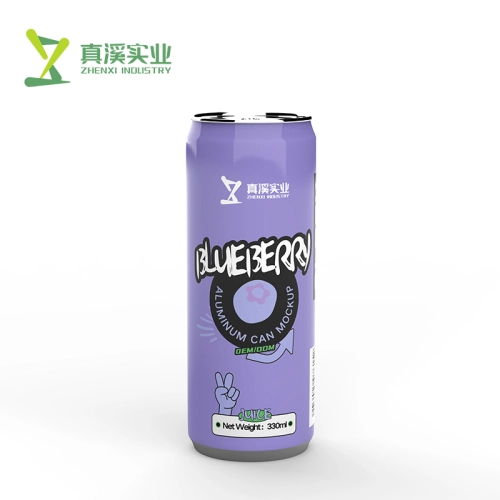Aluminum cans, a staple in beverage packaging, are celebrated for their lightweight nature and recyclability. The manufacturing process is a marvel of modern engineering, designed to be efficient and sustainable. Here’s a detailed look at how these cans are made.
Material Preparation
The journey of an aluminum can starts with the creation of the aluminum alloy. Most cans are made from an alloy containing about 92% to 99% aluminum, mixed with elements like magnesium and manganese, which enhance the metal’s strength and durability. The aluminum is first melted in large furnaces at temperatures ranging from 1300°F to 1450°F, then cast into long, thin sheets.
Sheet Rolling
Once cast, the aluminum sheets undergo a series of hot and cold rolling processes to reduce their thickness. The target thickness for most soda cans is approximately 0.097 mm, thinner than a human hair. These sheets are then coiled and prepared for the can manufacturing facilities.
Cupping and Drawing
At the can plant, the sheets are uncoiled and punched into small, round discs, known as blanks. These blanks are then fed into a cupping press, where they are first shaped into shallow cups. Next, through a process called drawing and ironing (D&I), the cups are stretched and thinned into a cylindrical shape. This method involves several stages of mechanical pressing, each progressively elongating and reducing the thickness of the walls without altering the metal’s thickness at the base.
Trimming and Cleaning
After shaping, the cans undergo a trimming process to smooth out the upper edges, creating a uniform diameter. This ensures that lids can be securely attached later in the process. The trimmed cans are then washed and dried to remove any lubricants or debris from the forming processes, ensuring they are clean before moving to the internal coating stage.

Internal Coating
To prevent the aluminum from reacting with the beverage inside, the cans are sprayed internally with a special epoxy resin or polymer coating. This barrier not only protects the contents but also extends the product's shelf life. The coated cans are then cured at high temperatures to set the coating.
Graphic Application
After coating, the cans are ready for branding. High-speed, high-resolution printers apply brand-specific graphics directly to the external surface of the can. This process has to be precise to maintain the vibrant colors and sharp details that are crucial for brand identity on store shelves.
Necking and Flanging
The next step is necking, where the can’s open end is narrowed to prepare it for the lid. This process involves several progressive stages that gradually reduce the diameter of the can’s opening. Once necked, the cans undergo flanging, where the rim at the open end is curled outward to create a groove for the lid.
Seaming the Lid
The final manufacturing step is seaming, where aluminum lids—previously stamped and lined with a sealant—are placed on the flanged cans. A seaming machine then securely rolls the lid’s edge around the flange to create an airtight seal, preserving the integrity and freshness of the beverage inside.
Soda cans are not only a testament to engineering and manufacturing precision but also to the sustainability efforts in the beverage industry. The entire process is designed to maximize efficiency and minimize waste, making aluminum cans a preferred choice for environmentally conscious consumers and businesses alike.